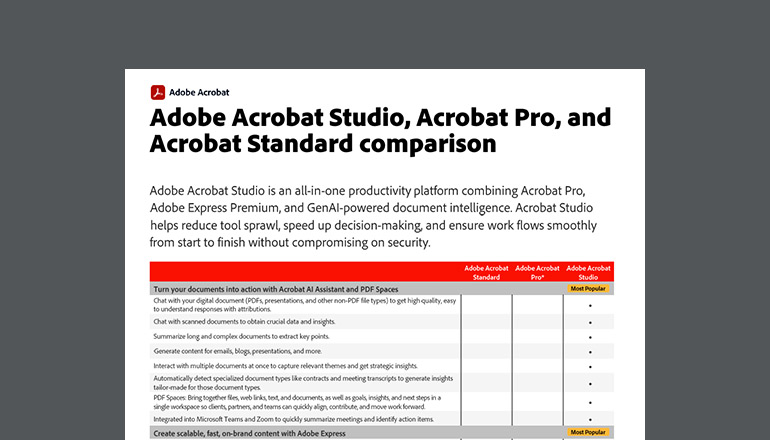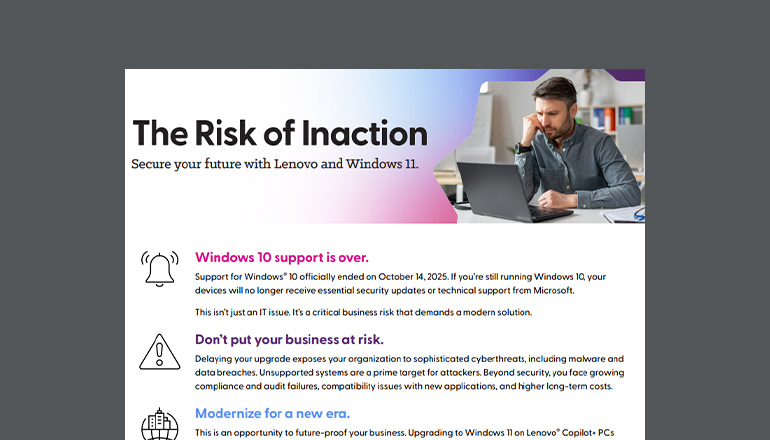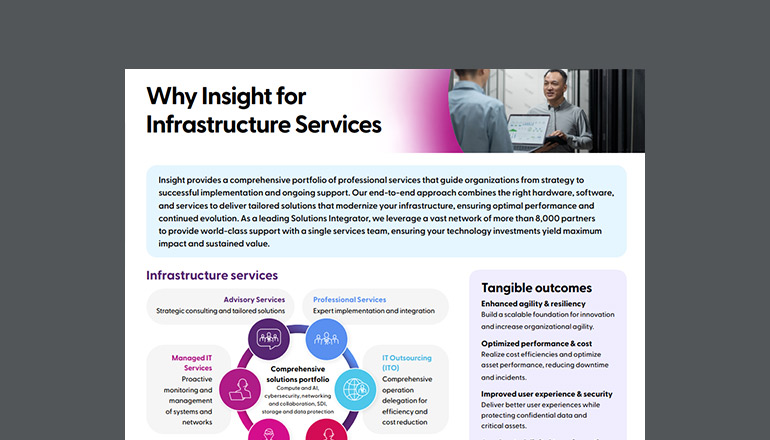Blog MLOps: Challenges, Misconceptions and Mindset
By Greg Steinmetz / 4 Nov 2022

Every business generates massive amounts of data that can be used to improve decision-making, whether the decision is where to go as an organization, how to improve processes, how to manage customer relations or something else. Data can also help solve business challenges like how to increase revenue, increase efficiency or how to make an application smarter.
But data can’t improve decision-making all by itself. In fact, data in and of itself is fairly useless. Take that data and put it inside a Machine Learning (ML) model, however, and you have the opportunity to unlock its true business value.
Bridging the gap between data and ML with MLOps
The main challenge with ML is it can entail a substantial amount of Research and Development (R&D) done by data scientists. During the R&D phase, data scientists are creating ML models, experimenting with the data inputs, and trying to predict the outputs. This is done in what you might call a lab-type environment. Here lies the challenge: Oftentimes these ML models are not put into business practices or applications that allow you to use those models to make smarter business decisions.
That’s where Machine Learning Operations (MLOps) comes in. MLOps allows you to put ML models into a production-type setting where you can leverage them from a business perspective or for a business purpose. Think of MLOps as a set of practices that aims to deploy and maintain ML models in production more efficiently and reliably.
Misconceptions surrounding ML
Perhaps the most common misconception pertaining to ML is once you build an ML model, that model simply works. Unfortunately, it isn’t that simple. There's an immense amount of R&D that goes into building ML models and not every model comes out with a good prediction. What’s more, sometimes the concepts or the ideas you have for ML turn out to not predict anything at all.
Another common misconception is that once you have a working ML model, that model is good forever — no adjustments necessary. The reason this can’t be true is because data changes. As data changes over time, the ML model must change with it. If you don't retrain your ML model to understand how the data is changing and what new relationships may exist between that data, then your model starts to become less effective and less valuable. To maximize their business value, ML models must be continually reevaluated, retrained and optimized.
Approaching ML with an MLOps mindset
As you look to drive toward a successful ML operation, having an MLOps mindset will help you avoid falling into the trap of these common misconceptions. The first thing you should do is have an ideation session. During this session, you should aim to identify and understand the answers to the following questions as they apply to your business:
- What are your business’s pain points?
- Who in your business is involved in these pain points?
- How complex is the situation?
- What kind of data do you need to solve these problems?
- Is solving these problems a priority for your business?
- Is there stakeholder interest in doing something like this?
- How will you measure success?
- How will your solution respond to feedback?
The answers to these questions are the types of inputs that will really help drive a successful ML operation.
An MLOps mindset also means continual awareness of things like model drift, which occurs when data starts to become less valuable to your ML model due to changes in the relationships between input and output variables. Measuring drift positions you to anticipate and mitigate model drift by incorporating model retraining, updating and deployment into your MLOps processes proactively. In doing so, you are helping your ML model to maintain its business value by keeping it up to date through changing data trends.
Another tenet of an MLOps mindset is fostering open communication between teams. It’s crucial for all business stakeholders and development team members to be on the same page regarding the goals for your ML model and what you're actually getting out of the model. When teams are aligned on the purpose and vision around an ML effort, your business is better positioned to achieve that purpose.
Finding a partner in the ML space
If you’re looking to work with a partner on your MLOps, ensure that provider can execute across the entire ML journey — from strategy to design, operationalization and beyond. In particular, using proven and repeatable frameworks helps accelerate speed to insight for your ML use cases. For example, here at Insight, our approach to MLOps leverages not only our deep expertise in ML and AI, but proven best practices in automation, continuous delivery, monitoring and security, allowing you to deploy and manage AI-driven solutions at scale and realize the maximum value of your AI investments.
Did you know?
Resources for success
Even with all this in mind, overcoming ML’s challenges and kick-starting MLOps for your business isn’t easy. Fortunately, there are plenty more resources to help guide you toward success in your ML initiatives. Here are a few favorites:
- Watch this video: Foundations for a Strategic Approach to AI/ML
- Read this solution brief: Insight for Data, AI and MLOps
- View this infographic: Automation Is a Journey




